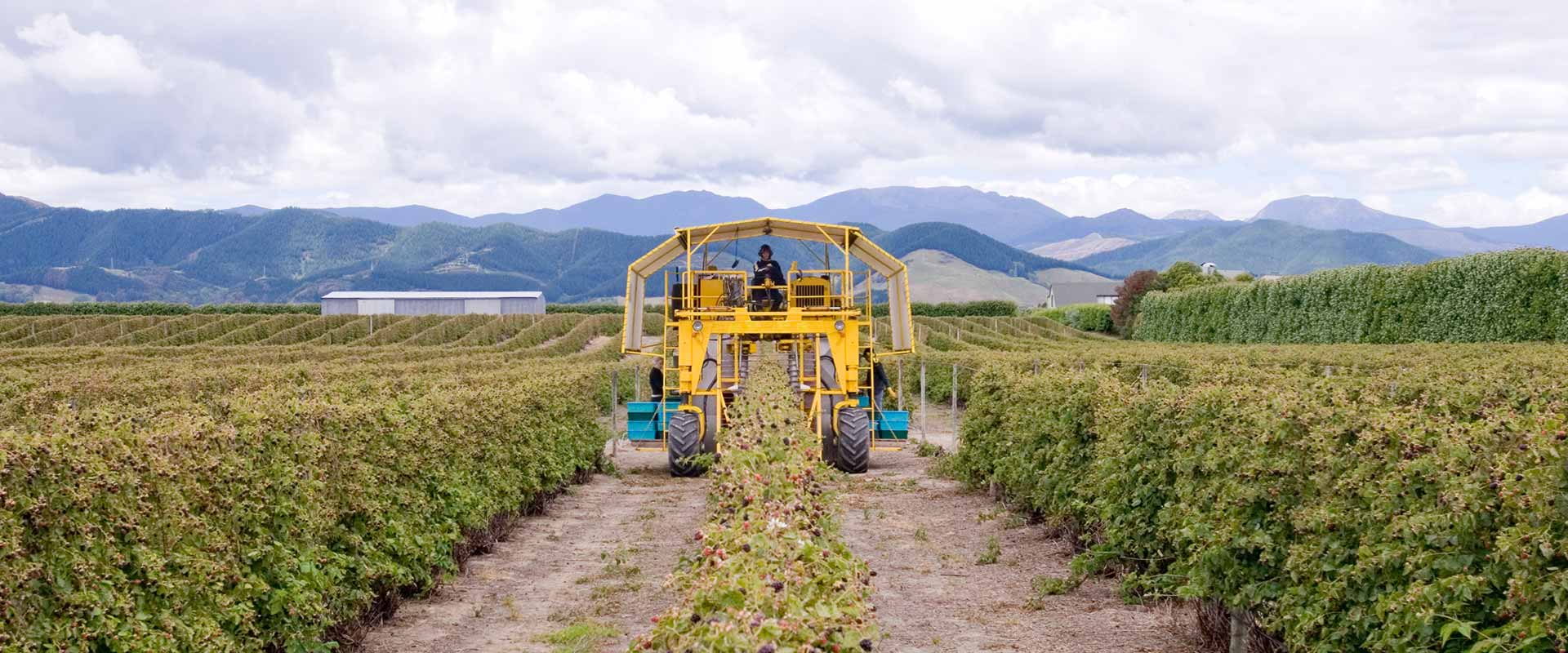How farmers’ social licence to operate is being negotiated in statutory planning processes in the Waikato Region
February 2024
This case study looks at Waikato dairy farmers’ compliance with dairy effluent discharge consents. While other factors like methane emissions may also affect dairy farming’s social licence, the report proposes that the regulatory requirements of dairy effluent discharges may be a proxy indicator of the presence or absence of social licence.
Data collected from the Waikato Regional Council noted compliance with dairy effluent discharge consents over the last five years. There are over 4000 dairy farms within the jurisdiction of the Waikato Regional Council. Water quality is a major public concern regarding dairy farming, and these discharges have some impact on that freshwater quality.
The secondary data splits farmer compliance with dairy effluent discharge rules into a ‘compliant’ and ‘non-compliant’ category. Effluent discharge compliance rates remained stable across 2016/17 and 2017/18 but fell during 2018/19 and 2019/20. By 2020/21 however, compliance rates had rebounded and were at their highest recorded rate of 71%, and non-compliance was at its lowest recorded rate of 29%.
Three insights were gained:
- Farmers face difficulties in meeting their minimum regulatory requirement. The farmers who do not comply will struggle to gain social licence.
- It is easier to identify when activities lack social licence, than when they have social licence.
- Statutory processes like compliance rates do not easily enable the identification of social licence.
The report concludes with recommendations for regional councils, such as engaging in workshops which bring farmers, the public, and the council together; identifying farming operations that positively exceed minimum regulatory requirements; and compiling information on farms that exceed these minimum requirements.
Submitted to Waikato University as part of course ENVPL490-23A
 View Our Strategy Document 2019 – 2024
View Our Strategy Document 2019 – 2024



